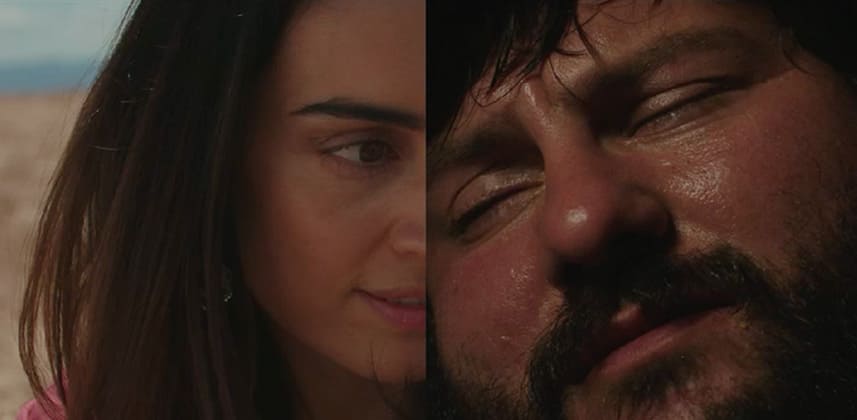| Series |
|---|
Skintone is a constant source of difficult grades and shot matching as we humans and our skin have so many variables:
- We go red and pink when we are hot or flustered.
- Pale when we are tired or not feeling well.
- Patchy depending on our food or alcohol intake.
With these things in mind, you can imagine how difficult a task it is to match skin tones from shot to shot and even scene to scene as actors are put in different locations and setups throughout the day.
In this Insight, we’ll be focusing on how I approach skin tones and how to make them work in a consistent way across multiple scenes. In an upcoming Insight, I’ll be looking at matching skin tones on a shot by shot basis.
Skintone Is Our Priority
It used to be my way of grading was to spray nodes and layers everywhere to build a look! That seldom worked out well.
My new way of looking at grading however is to try and do as much with a simple primary adjustment and that’s the approach we’ll be taking in this Insight.
I’ll show you how I get skin tone into a place that I am happy with and then how I can build the rest of my look from there.
Sure, I could just key the skin and swing the hue around to match them up quickly and roughly, but I would recommend you find your ideal skin tone through the approaches I’m going to show.
After you find an ideal skin tone for an actor, you can then use that as a master reference of the quality of skin tone that you would like to see across your whole project and then build your looks based on this ideal skin tone.
Trust me, If you make your musician, actors or CEO look good they will keep coming back to you!
Check out my video below to see my skin tone approach in action!
-Dan
Member Content
Sorry... the rest of this content is for members only. You'll need to login or Join Now to continue (we hope you do!).
Need more information about our memberships? Click to learn more.
Membership optionsMember Login


